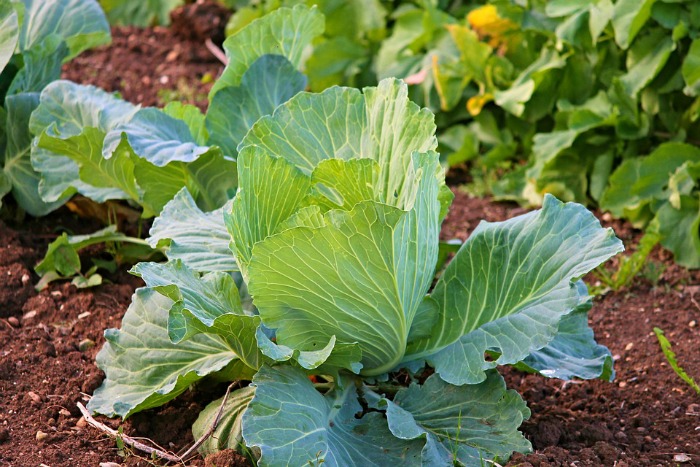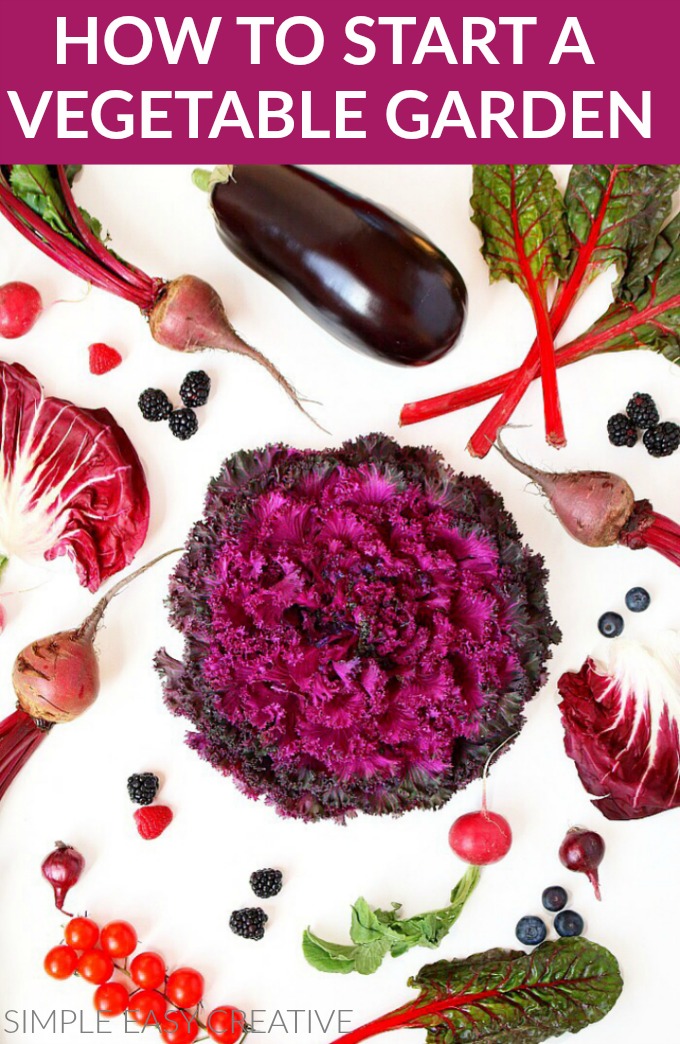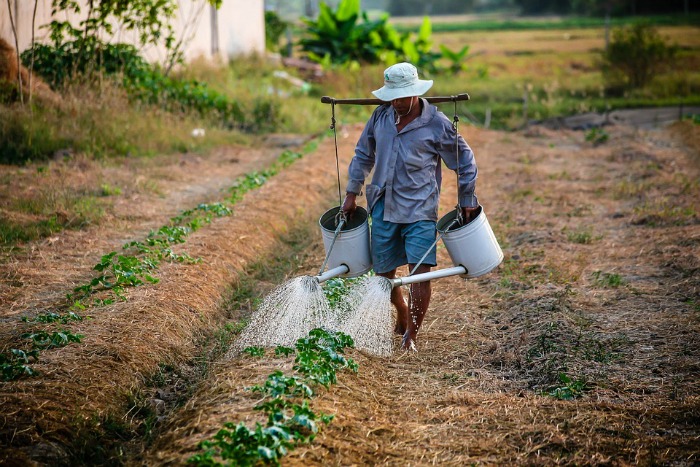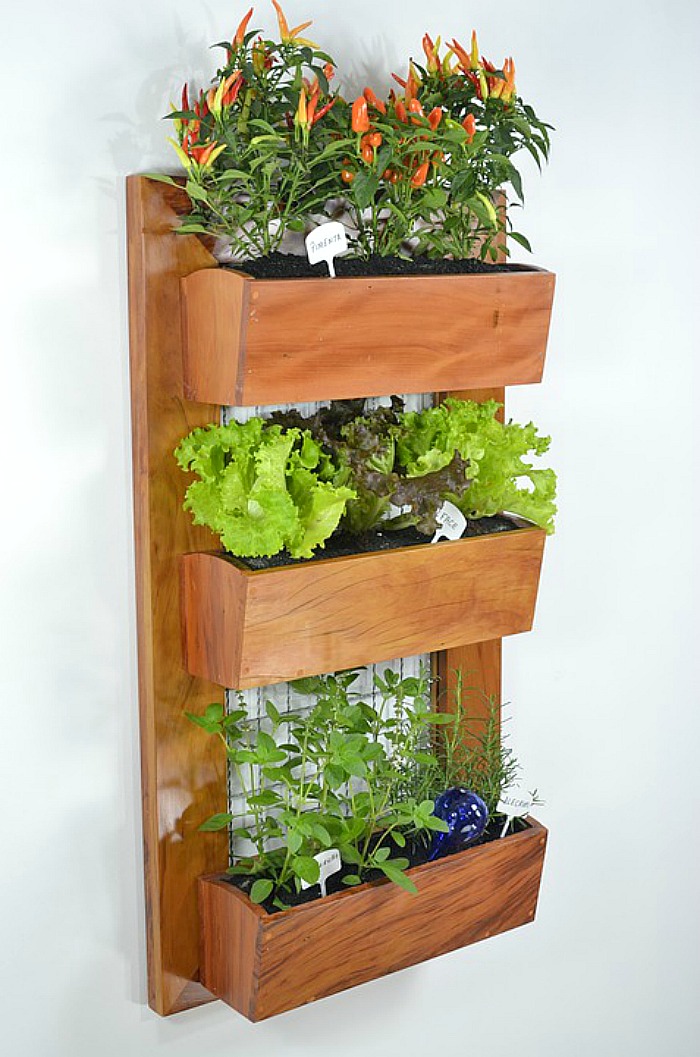How to Start a Vegetable Garden

Do you want to have a regular supply of freshly harvested vegetables for your cooking? If you do, it’s important to understand the basics of how to start a vegetable garden. From choosing your crops to finding the right location, you’ll surely be more prepared with our guide.
Start Small and Choose Your Plants
Image via Pixabay
While it initially seems like a smart idea, planting a lot of vegetable varieties all at once can lead to wasted effort and produce. Be mindful of how many times a plant can be harvested. For example, vegetables such as squash and peppers can be harvested several times in a single season. On the other hand, corn, radishes, and carrots will only provide once throughout this period.
Likewise, check the available space in your area. Even if you don’t have a big space, you can still plant vegetables in containers. What matters most is that you take care of the garden. A small raised garden bed with adequate irrigation, fertilizer, sunlight, and weed control is better than an improperly maintained one.
Grow Near Your Home
One of the most common yet proven ways of efficiently starting your own vegetable garden is by utilizing containers or raised garden beds. Some homeowners even have vegetable pots specifically placed near the grill for easy herb collection. No matter which option you choose, your garden needs to be close to your house. For one, this ensures that you can quickly harvest the crops for the next family dinner.
Provide Enough Sunlight
First of all, the chosen area should provide the right amount of sunlight, which depends on the vegetables you’ll be growing. Warm-season vegetables such as peppers, tomatoes, eggplants, and sweet potatoes will thrive if they receive between six and eight hours of direct sunlight every day. Without sufficient sunlight, these crops could succumb to pest infestations and plant diseases. This is why raised garden beds are popular since they allow more exposure to the sunlight.
If you can’t find a good area with full sunlight, you can grow green, leafy vegetables such as spinach and lettuce. These will thrive even with partial sunlight. Similarly, choose a partially shaded area if the climate in your area is hot but you intend to grow cool-season crops such as kale, turnips, beets, broccoli, cauliflower, and Brussels sprouts.
Access to Water and Soil Quality
Image via Pixabay
The second factor is water. The vegetable garden needs to be where you can access water with ease, especially during the dry and hot summer season. Many vegetables lack resistance to drought, so you should water them more frequently to avoid wilting.
Third, the chosen area should contain soil that is not only well-draining but also moist and filled with organic matter. If the garden soil doesn’t have enough organic matter, you can improve this through the application of compost or peat moss. In addition, removing rocks from soil will help your vegetable plants to grow their roots deep in the soil without any worries.
Placement of Vegetables by Type
Image via Pixabay
Here, we take a look at tender crops, roaming crops, and vertical-growing vegetables. Tender plants including basil, tomatoes, and eggplants are valuable, but they need lots of direct sunlight. If you do not live in warm climate regions, plant these crops in walls facing the south direction since these have good heat retention to ensure a bountiful harvest.
As for plants that produce lengthy vines that crawl through your vegetable garden, it’s best to grow them in corners or edges. Roaming vegetables such as melons and squash have sizable leaves connected to their vines. Growing them at the edges of your garden prevents the leaves from covering other crops, which can lead to deficiencies in terms of sunlight. Moreover, this placement allows the roaming plants to cover only the grass or the garden paths as they grow.
Finally, vegetables that climb up must be grown where they won’t block the sunlight for the crops on the ground. These vertically growing plants include peas, beans, and some varieties of squash and cucumbers. However, do note that you can utilize the shade they create to protect cool-season vegetables such as broccoli and cauliflower from too much heat.
Overall, creating your own vegetable garden requires the efficient use of space. In order to do so, you need to be aware of what crops you will grow. There are cool-season vegetables and warm-season varieties. Moreover, some vegetables have vines or spread vertically. Regardless, your vegetable garden must have the right soil, enough water, and adequate sunlight.
We hope our guide will help you on your journey to harvesting your own crops in the near future. If you have any queries, do send us a comment.
Author Bio: I am Ann Sanders, the Founder of A Green Hand; a blog dedicated to offering a platform for gardening and healthy living enthusiasts to exchange ideas so that we can all play a role in making our world a better place. Follow me on Facebook, and Pinterest.


